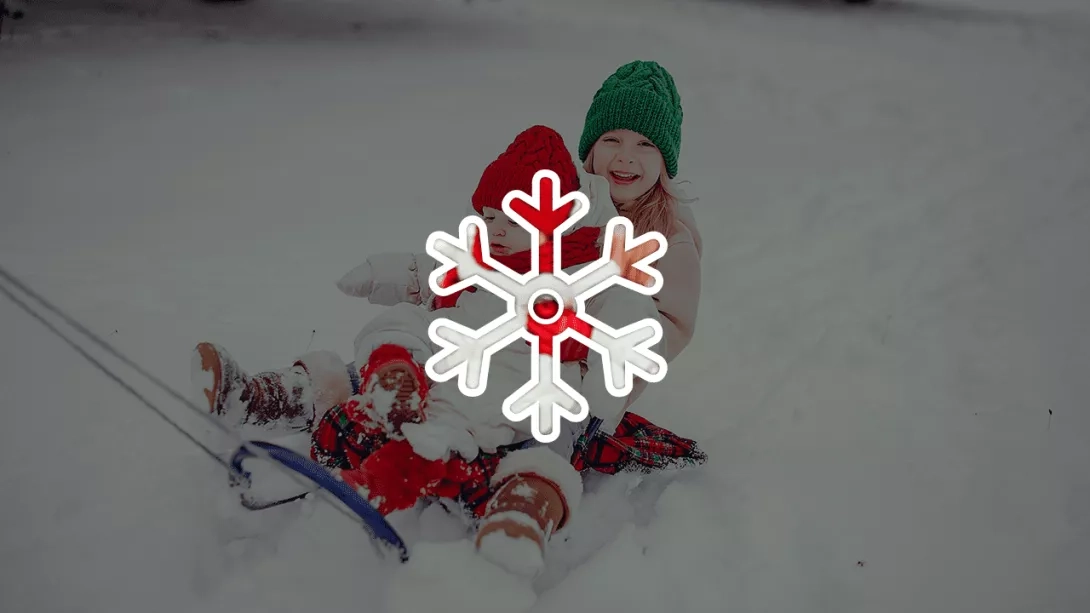One of the biggest risks of eating snow is that it can dehydrate you. When you eat snow, your body has to use energy to melt it. This can cause you to lose more fluids than you gain.
Another risk is that snow can contain contaminants. These contaminants can include bacteria, viruses, parasites, and chemicals. Eating contaminated snow can make you sick.
Finally, eating snow can also lower your body temperature, which can lead to hypothermia.
How to make eating snow safer
If you do need to eat snow, there are a few things you can do to make it safer:
- Collect snow from a clean area away from roads, sidewalks, and other areas where it may be contaminated.
- Melt the snow before eating it. This will help to remove any contaminants and make it easier for your body to digest.
- Eat the snow slowly and in small amounts. This will help to prevent hypothermia.
Other ways to get water in emergency situations
If possible, it's better to find another source of water, such as a stream or lake. If you can't find any other source of water, you can also try to collect rainwater or dew.
How to turn snow and ice into drinkable water
There are a few ways to turn snow and ice into drinkable water. One way is to simply melt it over a fire. You can also use a solar still to melt snow and ice.
Another way to purify snow and ice is to use a water filter. There are a variety of water filters available, including portable filters that you can use in the wilderness.
Conclusion
Snow can be a safe source of drinking water in emergency situations, but it's important to be aware of the potential risks. If possible, it's better to find another source of water, such as a stream or lake. If you can't find any other source of water, you can also try to collect rainwater or dew.
Additional tips for staying hydrated in emergency situations
- If you're going to be in a situation where you may not have access to clean water, it's a good idea to bring a water filter with you.
- If you're sweating a lot, be sure to replenish your electrolytes by drinking sports drinks or eating salty foods.
- Avoid drinking alcohol and caffeine, as they can dehydrate you.
- Listen to your body and drink fluids when you're thirsty.
Faqs
How can you make eating snow safer in survival situations?
Here are a few tips for making eating snow safer in survival situations:
- Collect snow from a clean area away from roads, sidewalks, and other areas where it may be contaminated.
- Melt the snow before eating it. This will help to remove any contaminants and make it easier for your body to digest.
- Eat the snow slowly and in small amounts. This will help to prevent hypothermia.
Can you get sick from eating snow?
Yes, you can get sick from eating snow. Snow can contain contaminants, such as bacteria, viruses, parasites, and chemicals. Eating contaminated snow can make you sick.
What are the risks of consuming snow for hydration?
The risks of consuming snow for hydration include:
- Dehydration: Eating snow can actually dehydrate you, as your body has to use energy to melt it.
- Hypothermia: Eating snow can lower your body temperature, which can lead to hypothermia.
- Illness: Snow can contain contaminants, such as bacteria, viruses, parasites, and chemicals. Eating contaminated snow can make you sick.
Is it safe to eat snow when you're thirsty?
It is generally not recommended to eat snow when you're thirsty. There are a few risks associated with eating snow, including dehydration, hypothermia, and illness from contaminants. However, if you do need to eat snow, there are a few things you can do to make it safer.








